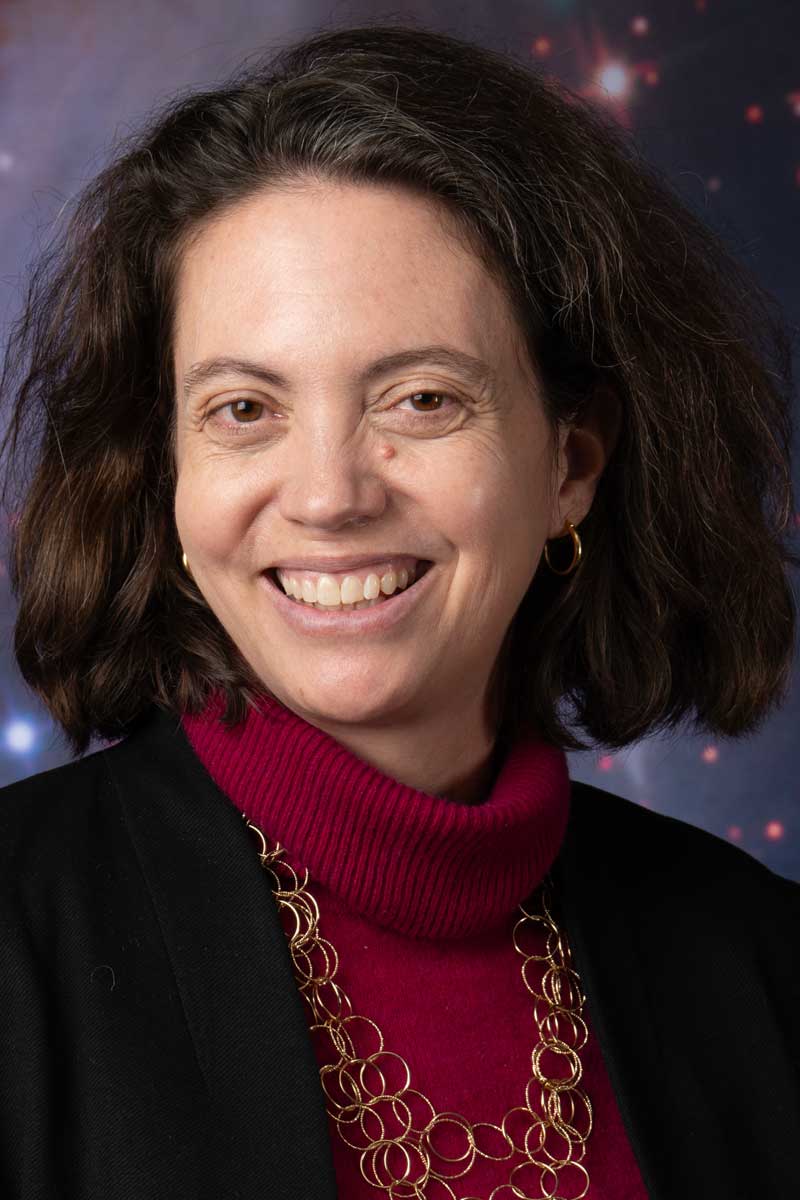 |
|
Astrophysical and Planetary Sciences Colloquium
Monday, March 03, 2025 at 3:30 pm JILA auditorium Jennifer Lotz , Space Telescope Science Institute (STScI) "The Legacies of Hubble, Webb, and future NASA astrophysics flagship missions"  Abstract:For the past four decades, the Space Telescope Science Institute has served as the bridge between NASA's flagship astrophysics missions and the scientific community through its role as the science operations center for Hubble, Webb, and Roman. The Hubble Space Telescope is celebrating its 35th year of operations, and continues to lead innovative new discoveries with its ultraviolet-optical capabilities and decades of high precision data. In its third year of operations, the infrared James Webb Space Telescope is the most powerful telescope ever built and is rapidly transforming a broad range of astronomy fields, including galaxy evolution, cosmology, star-formation, and exoplanet science. In two years, the Nancy Grace Roman Space Telescope will launch and begin to survey the sky at speeds 1000 times that of Hubble. Roman is designed to study cosmological questions about the nature of dark energy, the evolution of the expansion rate, and the growth of large-scale structure over cosmic time, as well as detect tens of thousands of exoplanets and demonstrate cutting-edge technology to directly image exoplanets. Finally, STScI is working to support the next generation NASA astrophysics flagship mission, the Habitable Worlds Observatory. This mission will be a "super-Hubble" capable of detecting earth-like planets around sun-like stars, tracing the cosmic intergalactic medium, and spatially-resolving every known galaxy in the universe. These NASA flagship missions have immeasurable impact on the field of astrophysics and how astronomers around the world do science. They enable STEM workforce development across the U.S. and are clear demonstrations of U.S. and NASA's leadership in science and technology. I will discuss the challenges that cuts to NASA's science budget pose for the future of these missions.
|